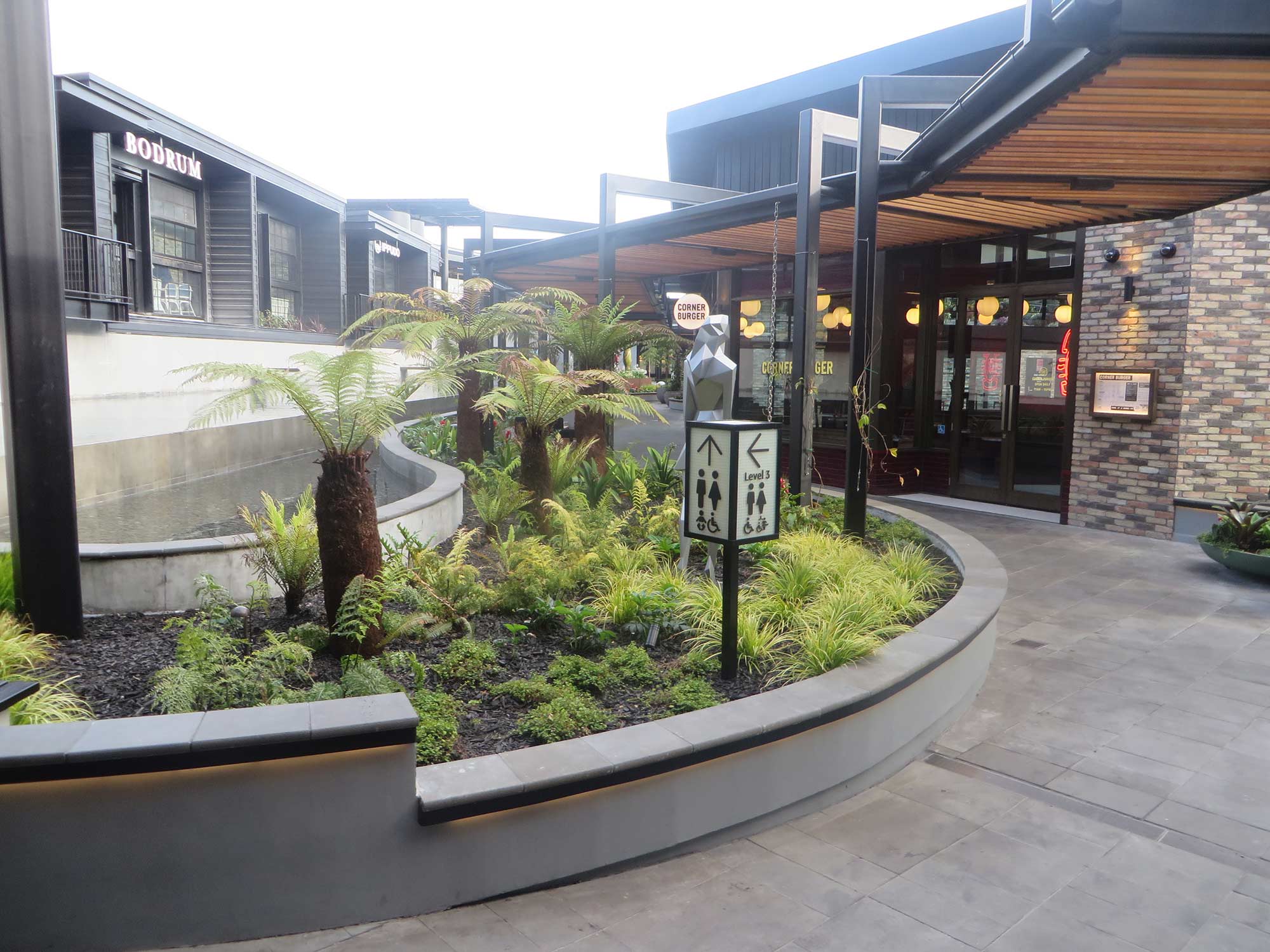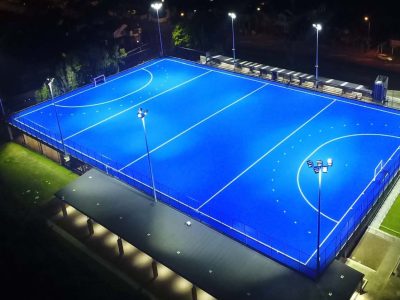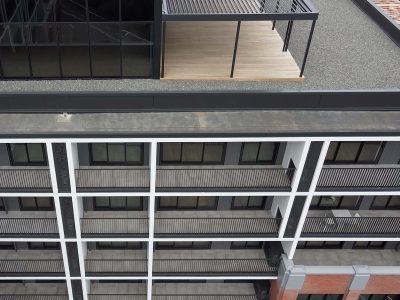

Neuchâtel Mastic Asphalt Podium Terrace System at Westfield Newmarket
Versatility in Roofing and Restoration
Neuchâtel Mastic Asphalt’s versatility extends to roofing applications. Its capacity to conform to complex shapes and resist UV rays and extreme temperatures makes it a preferred choice for flat and low-slope roofs. This material ensures long-term performance and energy efficiency for various roofing systems, including green roofs and inverted insulated roofs.
In heritage restoration projects, mastic asphalt combines tradition with modern engineering. Its compatibility with historic structures enhances their integrity while meeting contemporary performance standards, making it invaluable for preserving architectural heritage.
Overall, Neuchâtel Mastic Asphalt’s adaptability and durability make it a go-to solution across numerous construction applications. For further insights on our mastic asphalt offerings, visit our Neuchâtel Mastic Asphalt systems page. To learn more about asphalt’s role in construction, check out our supplier, IKO.


